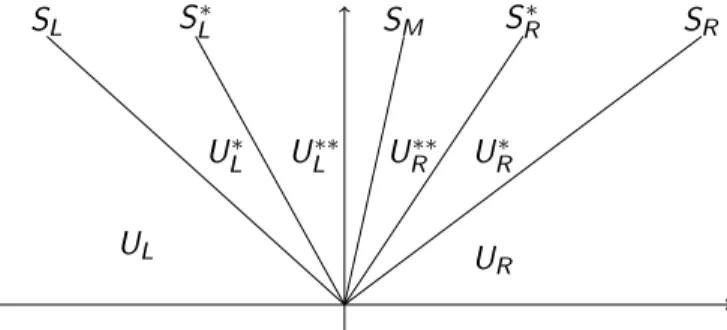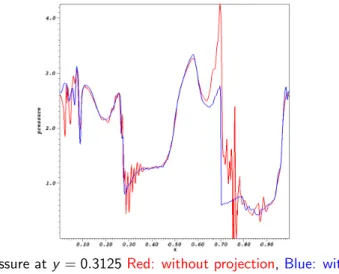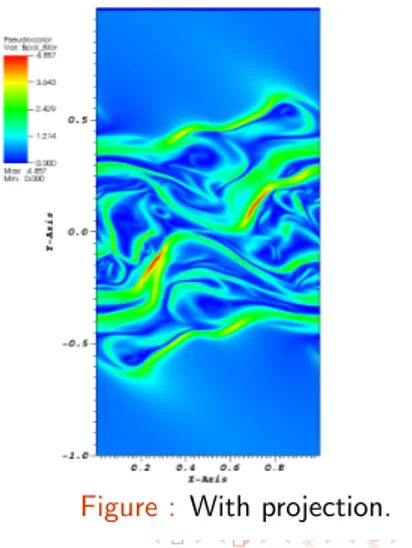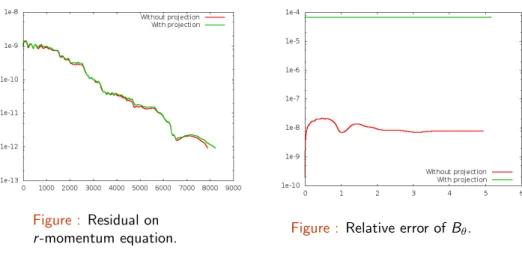Finite Volume for Fusion Simulations
Texte intégral
Figure




Documents relatifs
We present a simple globally second order scheme inspired by ghost cell approaches to solve compressible inviscid flows [4].. In the fluid domain, away from the boundary, we use
This method is based on a classical finite volume approach, but the values used to compute the fluxes at the cell interfaces near the solid boundary are determined so to satisfy
Wolfram proposed a mixed finite element method for nonlinear diffusion equations and proved convergence towards the steady-state in case of a nonlinear Fokker-Planck equation
After proving well-posedness, stability, exponential return to equilibrium and convergence, we gave several test cases that confirm the satisfying long time behavior of the
The rest of the paper is structured as follows: Section 2 presents a problem statement; Section 3 proposes a forward and reversed schedule generation (FRSG) method; Section 4
On the other hand, we refer to the work of Vila and Villedieu [VV03], who prove, again under a strict CFL condition, an h 1/2 -error estimate in the L 2 loc space-time norm for
In this study we extend the framework of the finite volume methods to dispersive water wave models, in particular to Boussinesq type systems.. We focus mainly on the application of
This Digest discusses the effect on outside surface temperature of solar radiation, long-wave radiation, surface colour, the position and colour of adjacent
